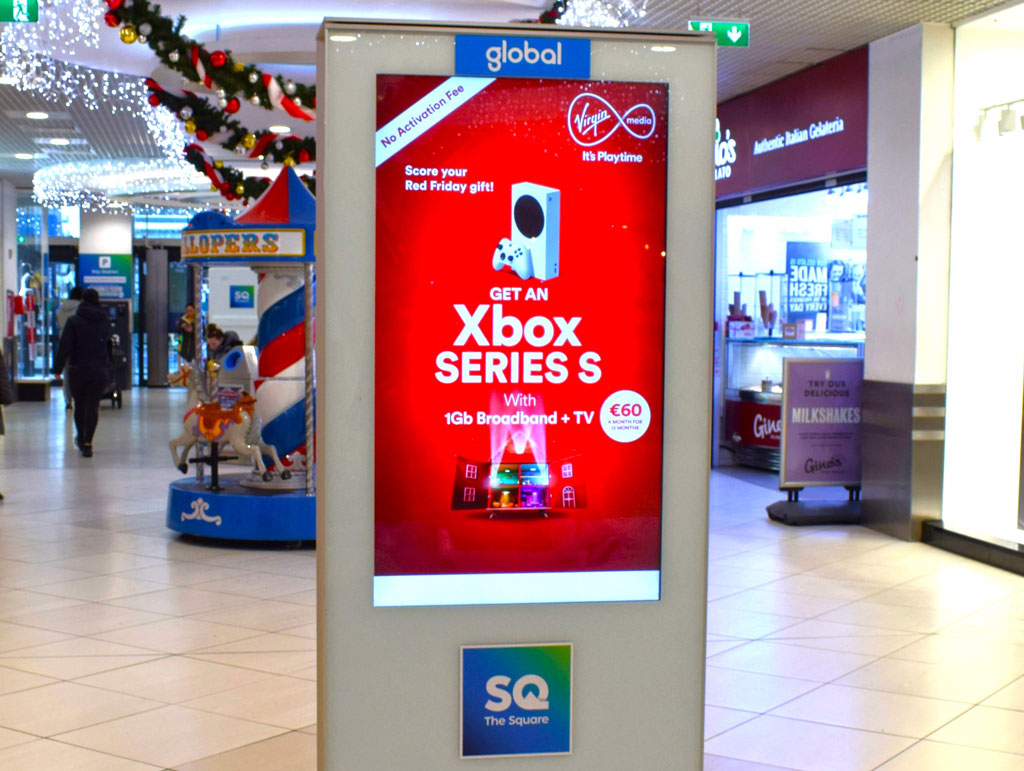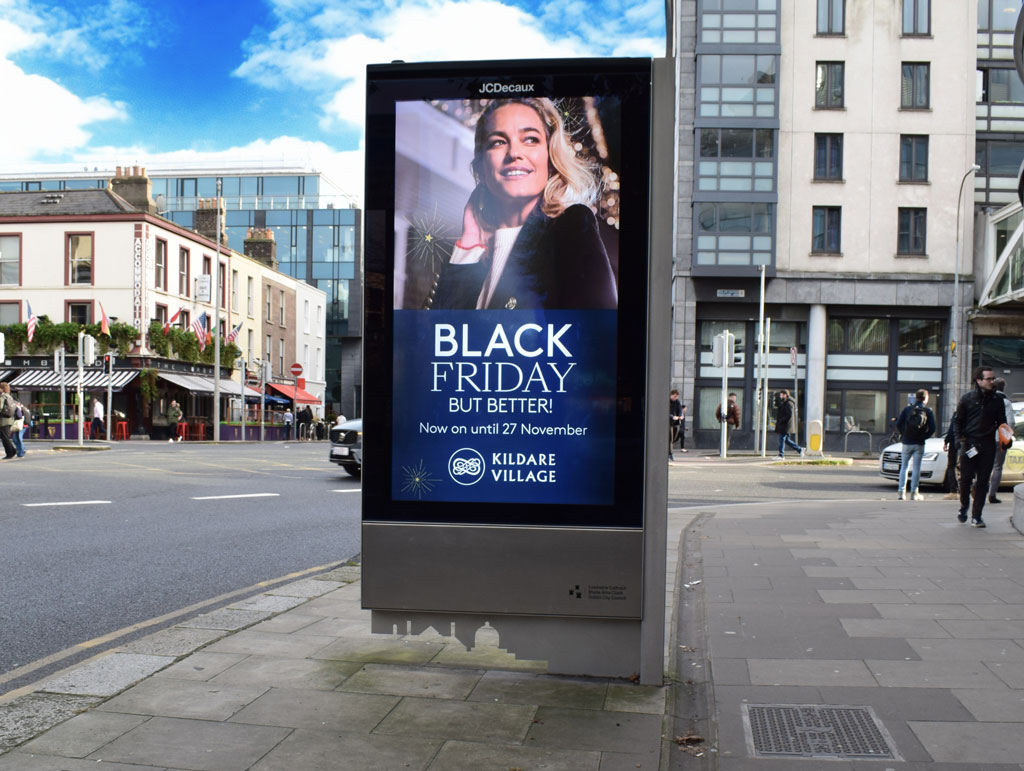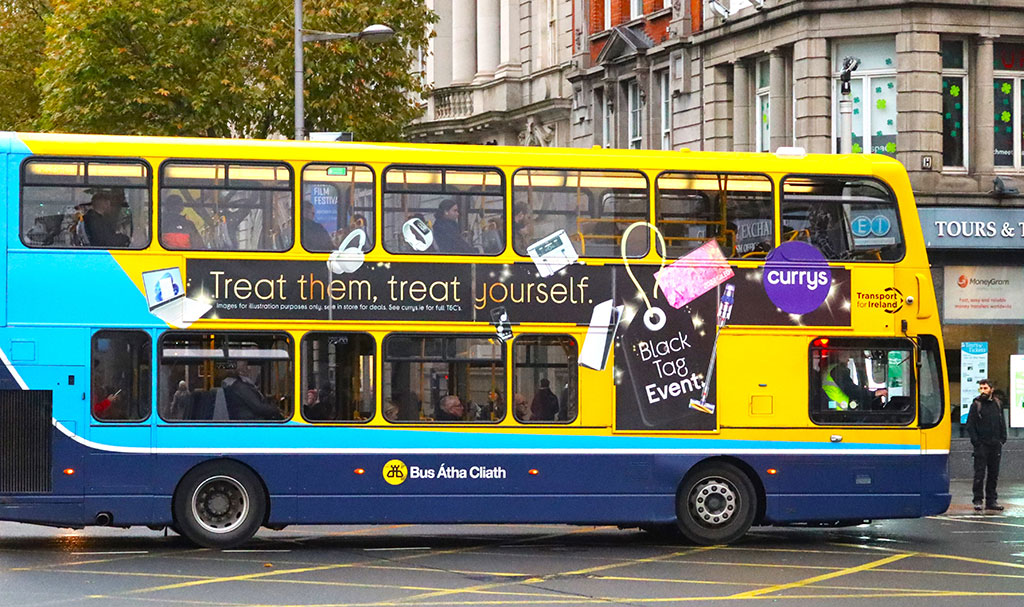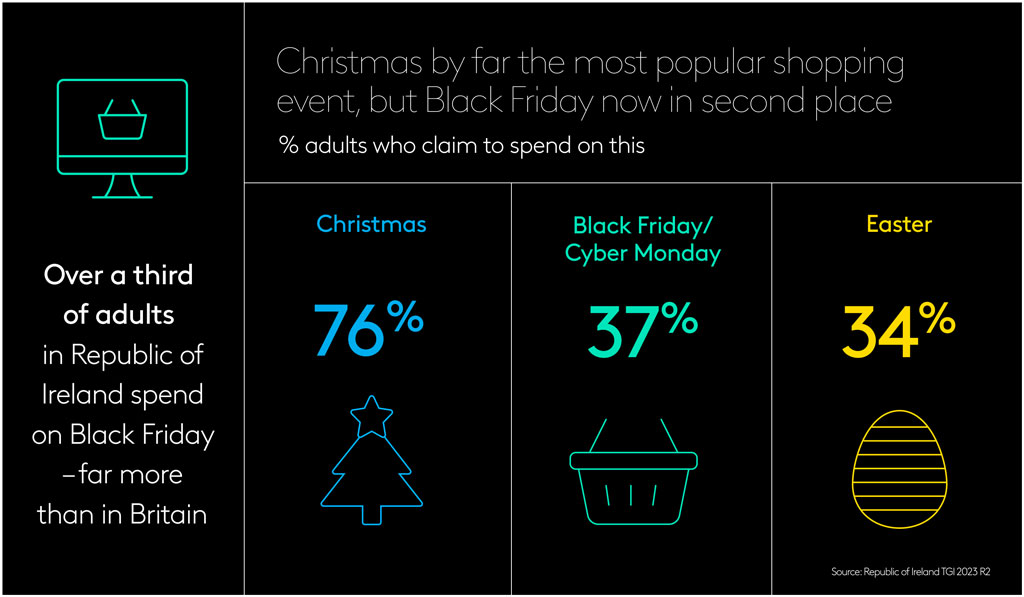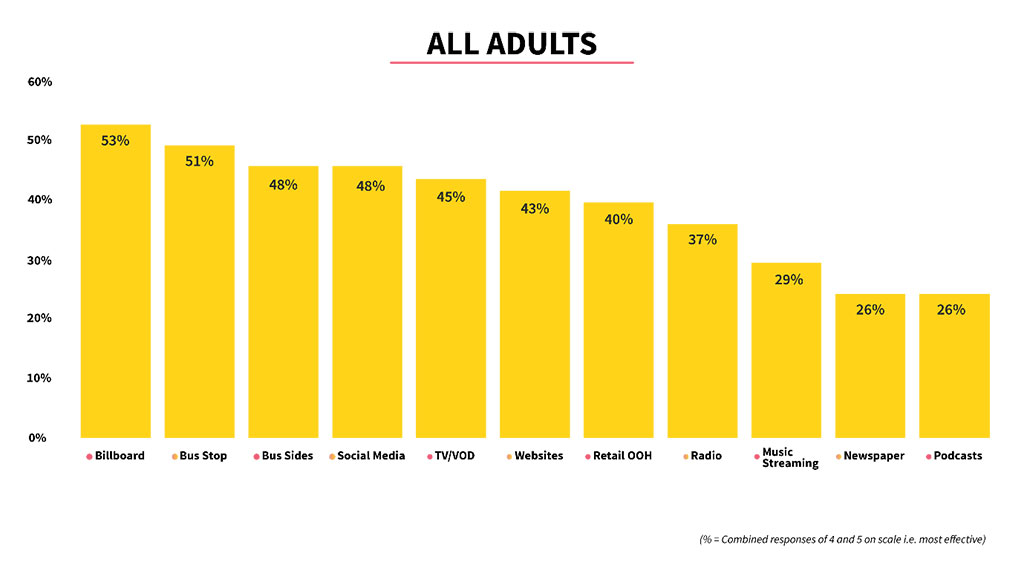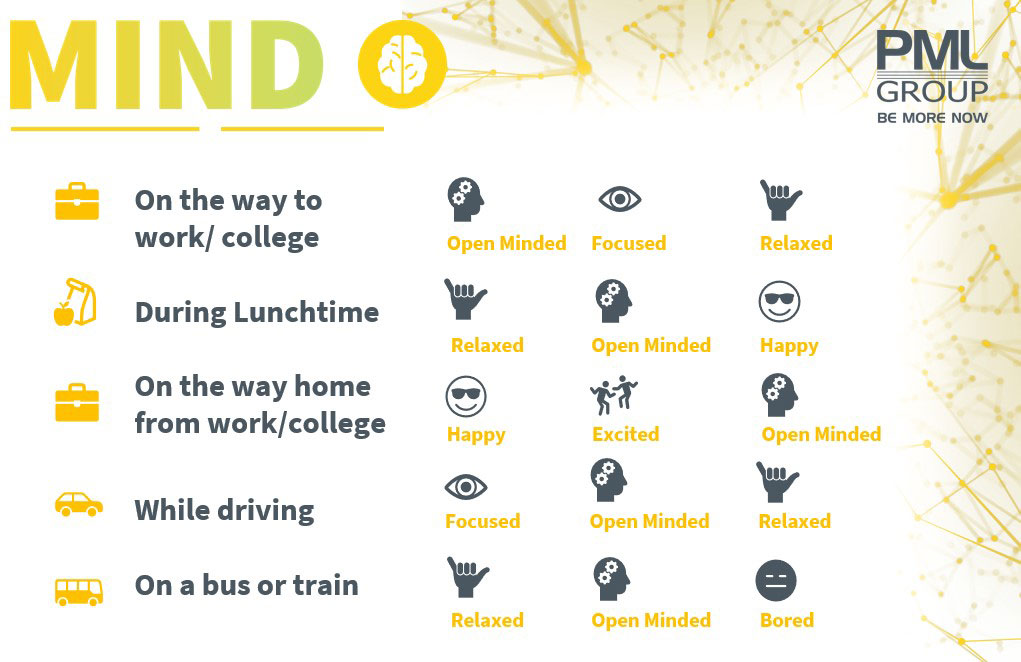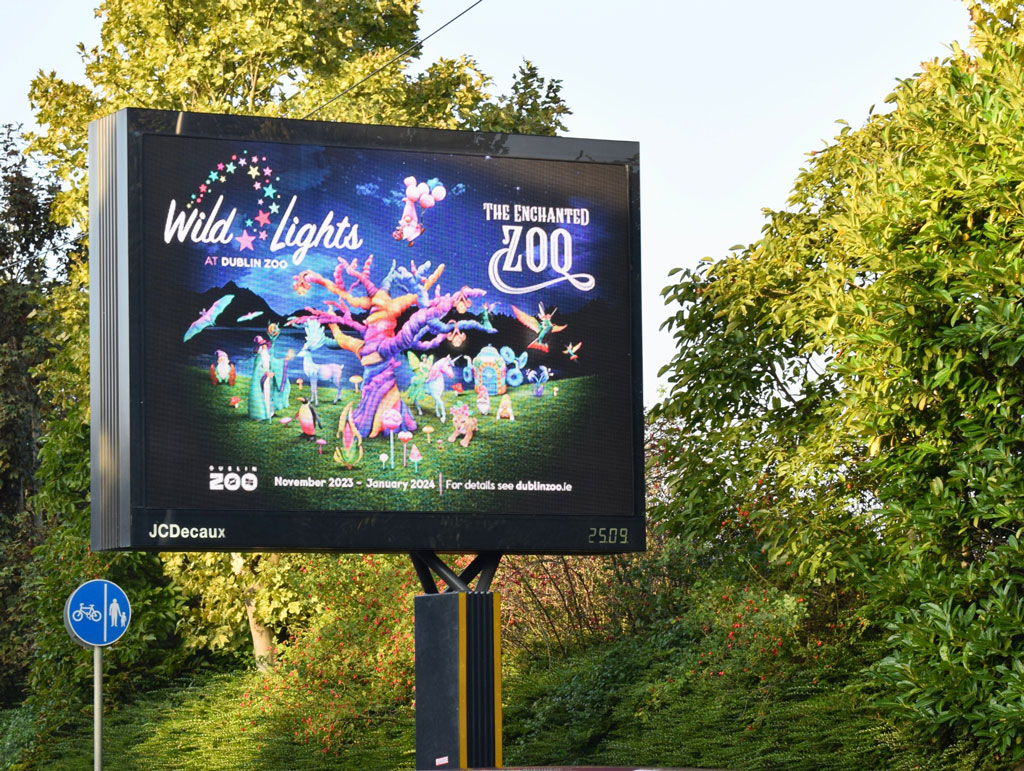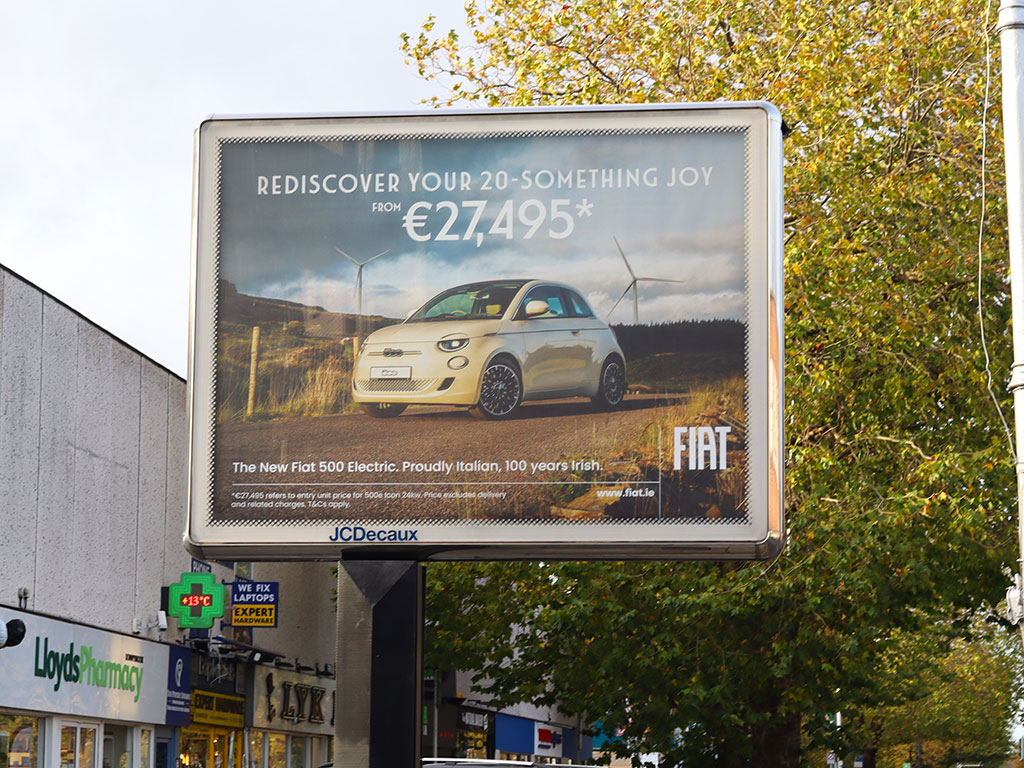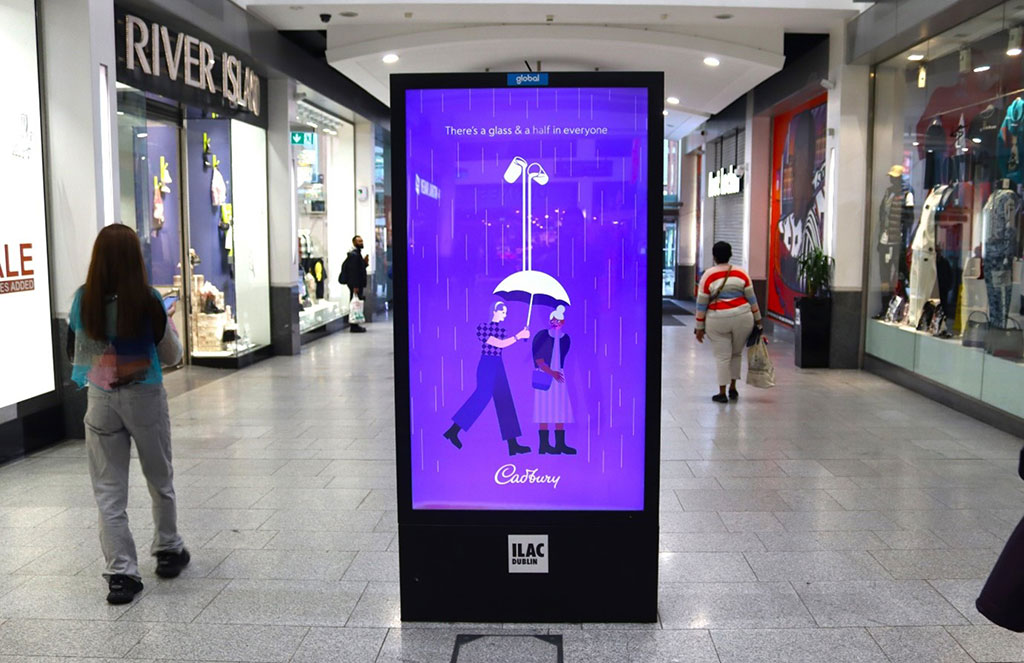James Byrne, marketing manager, PML Group with this week’s Out \ Look on Out of Home
Driving Event Based Impact for Black Friday
Black Friday is the perfect example of how brands can leverage Out of Home as an event-based marketing channel. In our recent iQ research, 66% of Black Friday shoppers noted they rely on advertising for offers, while the same number felt Outdoor advertising informed them best of upcoming offers.
Outdoor is a location medium, but its agility means its content can be hyper-relevant to time and to events happening across the physical and virtual landscape. Digital OOH and Dynamic Digital OOH are ideal platforms for brands to inform, remind and drive direct response on the day in question.
Here are some brands leveraging OOH for mental availability this Black Friday Weekend.
Virgin Media
Virgin Media have been taking a different approach to the discount event in recent years with its ‘Red Friday’ promotion. Focusing on locations of retail outlets such as The Square, Stephen’s Green and Blanchardstown shopping centres, the campaign looks to drive footfall to physical stores with the lure of exclusive offers. Planned by OMD and Source out of home, with creative from Publicis, the campaign is live in on DOOH in retail environments close to Virgin Media storefronts including iVisions and dPod formats.
Kildare Village
Kildare Village understand the strategic placement of OOH for retailers is paramount to maximise visibility and impact. Implemented as part of their wider ‘Christmas, But Better’ campaign, the Black Friday variety has taken a temporary residency across their large commuter and roadside formats. With ‘Black Friday, But Better!’ front and centre, onlookers are prompted while in transit and on the street to amplify the conventional Black Friday shopping experience, planned by Javelin and Source out of home.
Currys
OOH’s role for electrical retailer Curry’s has been instrumental in their Black Friday strategy year on year. Their “Black Tag Sale” uses OOH as a crucial amplifier to provide clear cut through by driving trust and credibility. Planned by Starcom and Source out of home, the campaign is running across high-impact formats including Exploding T-Sides, Digital Bridges, 48 Sheets, Metropoles and Bus Shelters.
Increased Seasonal Spend
Recent data from Kantar shows Black Friday consumers in the Republic Ireland spend on more than both the UK and NI. 37% of adults claim to have made a purchase on the most recent Black Friday Weekend. The proportion of adults is also far higher than the those who have bought anything around Easter or Halloween – but lower than the proportion who spend on Christmas.
The period spanning from Black Friday to December 24th represents a key time to reach seasonal shoppers, with 44% of those who say they make Christmas purchases claiming to start buying Christmas presents in November or December.
Spending hundreds of euros on Christmas presents is commonplace, with TGI showing 63% of Republic of Ireland adults who spend at all on Christmas saying they spend €300 or more on Christmas presents, whilst 22% spend €750 or more.
In our Media Impact Study OOH was rated top for prompting spending on key occasions vs other media, with billboards and bus stops being considered the most effective formats. For more information contact info@pmlgroup.ie.
Consumers Keep an Open Mind when Out of Home
The dynamic nature of consumer attention has been identified as strategically important factor as we move into 2024. For Out of Home, the timing and placement of campaigns will rely on attention in order to maximise impact.
Our latest Mind research series, conducted with Ipsos B&A, sets out to identify the time, place and consumer mood allowing advertisers to plan OOH to achieve the optimum consumer connection.
In this first instalment, we look at commuting environments.
Across all five activities / locations people rank ‘open minded’ as one of the top three moods they generally feel indicating that they are more open to external stimuli – including OOH messages. It is interesting to see how feelings change throughout the course of a day. On the morning commute respondents tend to be more focused. For example, our OCS research found that they are more likely at that time to be thinking about their personal finances.
Lunchtime, meanwhile, sees a more relaxed demeanour which reappears on the commute home when thoughts turn to family, entertainment, and evening meals.
A third of drivers report being focused when behind the wheel, while over a quarter say they are open minded and relaxed. A lack of distraction and receptivity points to the potential attention attributes of OOH. Those travelling by public transport feel even more at ease, suggesting the passive nature of the activity. Over a sixth of them describe being bored. This is not necessarily a negative for marketers as station and in-carriage advertising can help fill this apparent ‘dead-time’.
These findings echo the latest Kantar Media Reactions study which found OOH & DOOH occupy two of the top five preferred media causing the least interruption to consumer lives. Furthermore, Classic and Digital OOH are ranked in the top three channels by consumers when it comes to capturing attention.
Attention is the hot topic heading into next year. Many research studies have proven that it helps build brands and drives sales. It is related to ad preference too: there is a 90% correlation between media channels that consumers claim capture their attention, and those in which they prefer seeing advertising. There is also a strong negative correlation of 97% for preference with “ad formats they try to ignore.”
So, we can conclude that ads that are positively engaging are in a much better position to capture and retain attention, and will, therefore, not be avoided.
The recently released Point of Search research study showed consumers more likely to search and purchase on mobile when out of home. It found that mobile searches out of home have a wider variety of triggers, particularly location needs, the senses, and feelings while people are more impulsive and looking for inspiration when out of home.
Turning to behavioural science, Richard Shotton recently advocated not just targeting an audience, but targeting their mood. When people feel positive, they are positive about advertising, so brands should be targeting – or, better yet, creating moments of happiness and relaxation. He reports that positivity boosts attention, noticeability and trust. For him the take-home message is clear. Both media and creative would do well to target, and create, joyful moments.
Next week, in the second part of this study, we will be looking at how consumer feel across retail, travel and leisure environments.

















